I read a csv file into a pandas dataframe, and would like to convert the columns with binary answers from strings of yes/no to integers of 1/0. Below, I show one of such columns ("sampleDF" is the pandas dataframe).
In [13]: sampleDF.housing[0:10]
Out[13]:
0 no
1 no
2 yes
3 no
4 no
5 no
6 no
7 no
8 yes
9 yes
Name: housing, dtype: object
Help is much appreciated!

